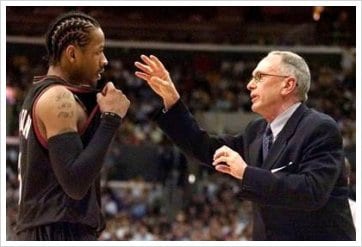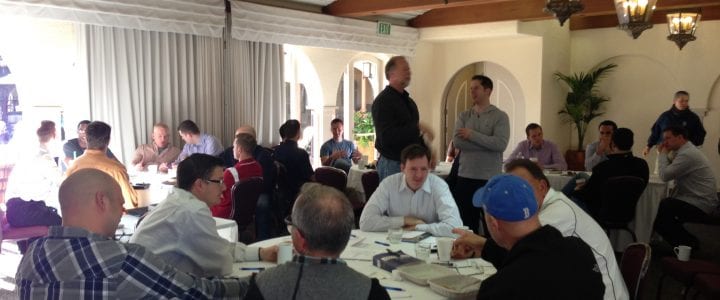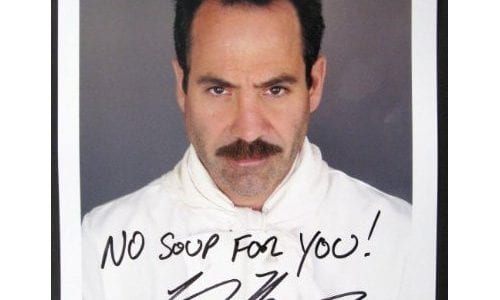by Kirk Wakefield – March 2013
Who started dynamic pricing anyway?
Following deregulation in the early ’80s American Airlines initiated dynamic ticket pricing to deal with new low cost competitors. Extra points if anyone remembers People Express. People Express offered a simplified fare structure and was first to charge an extra fee for each checked bag. So, they had that going for them. Before they went out of business.
[dropshadowbox align=”right” effect=”lifted-both” width=”250px” height=”” background_color=”#ffffff” border_width=”1″ border_color=”#dddddd” ]Are airlines stalking me?
Don’t be so paranoid. Of course they are. Airlines have gotten so good at dynamic pricing they even use it each time you visit their websites.
Have you ever thought the price went up just because you showed interest in a flight? It’s quite possible it did. Helpful hint: Clear your browser history & cookies before going back to the site. It may not work but at least you’ll feel better for trying. [/dropshadowbox]
A short 30 years later the sports industry is coming around. Since the San Francisco Giants fully converted to dynamic pricing in 2009, many others have followed suit. Why? They understand the economics of a system that simultaneously increases total revenue and reduces average prices to the consumer.
Why not parking?
Like seemingly every other technological breakthrough, the bay area leads the way. SFPark is the first municipality to implement dynamic pricing for parking meters. Rates vary from 25¢ to $6.00 during normal hours with an original cap of $18 for special events. Just this month spots around AT&T Park on Giants’ game times moved to $5-7/hour dependent on proximity. As traffic and parking patterns change, prices adjust 25-50¢ each month around the city. Prices by location are easily viewed online. And, of course, there’s an app for that.
Teams could wait until the Giants or another bay area team does it, but with a little fan education and ingenuity, others could increase team revenue and fan satisfaction.
Some people, like me, would just as soon park further from the stadium to avoid exit traffic and maybe even get a little exercise. I have season tickets to every Baylor sport and parking passes I never use. Then again I live a block from campus. The point is teams issue parking passes and set parking prices without determining who values them and when.
If we’re willing to apply the fundamentals of economics to tickets, why not parking?
Transparency the key

Years ago we researched grocery shoppers finding the majority (55%) couldn’t even tell you the price of what they just put in the basket two seconds ago. Clearly not everyone is price sensitive. Last week I heard a presentation claiming “everyone is so cost-conscious.” Really? That must explain all of the Porsche, BMW, and Lexus cars parked on the streets. And that’s just the Baylor students.
The point is some people are price-conscious and some aren’t. Let’s let those who want to pay less walk more and those who want to walk less pay more.
San Francisco is successful because they transparently communicate about the process. Those who care enough to save a quarter will seek out the best prices, just like the same people who coupon-clip to their heart’s delight. Those who drive a Lexus LFA won’t think once about whatever price tacked on for parking.
So, who’ll be first?
We can think of plenty of reasons why we can’t or don’t want to do it. The question is: How could it work with the parking we control? For instance, some teams like the Yankees already have all parking online, so it wouldn’t be hard to go to variable pricing.
Innovators like the Giants took the first stab at tickets. Who will do it with parking?








 To the surprise of no one, fans said they want to hear more about new signings.
To the surprise of no one, fans said they want to hear more about new signings.

















